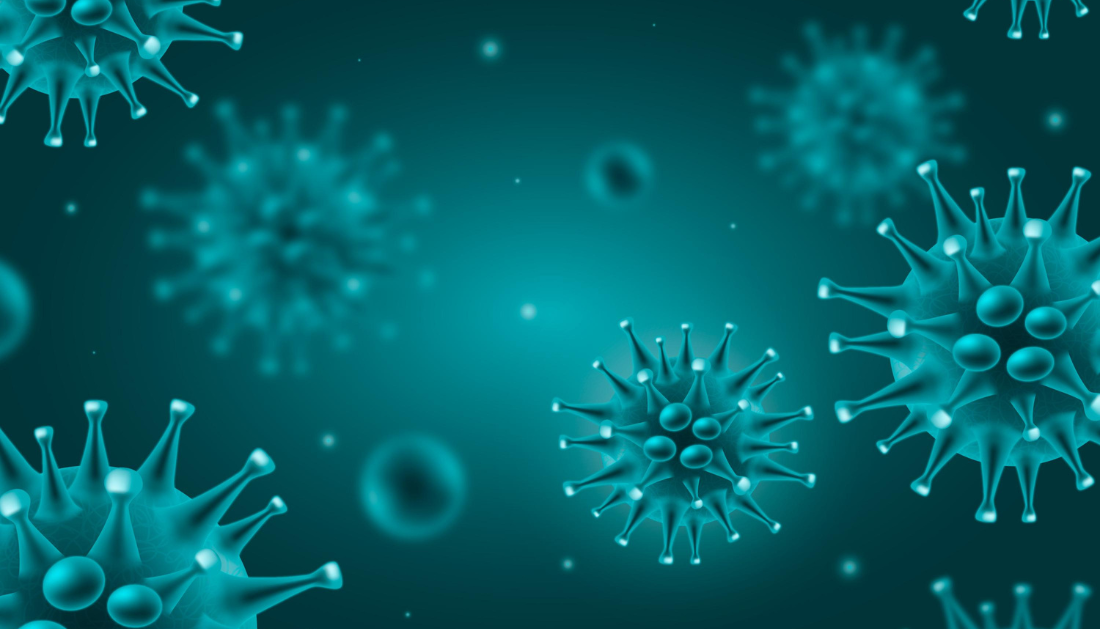

In a groundbreaking study, researchers from the University of California, Berkeley, explored how the olfactory nervous system might non-autonomously control the mitochondrial unfolded protein response (UPR) during cellular stress and infection, using the nematode model Caenorhabditis elegans. Published in Science Advances, this research sheds new light on how infections related stress responses are coordinated across different tissues.
Context
Maintaining cellular homeostasis during external stress, such as infection, is critical for organismal survival. Emerging research supports the idea that stress responses, including those triggered by infections, are regulated by the central nervous system across multiple tissues. Specifically, the unfolded protein responses (UPR) of the endoplasmic reticulum and mitochondria, when activated in neurons, can induce cell non-autonomous stress responses in peripheral tissues.
Under stress conditions, proteins within cells may misfold or unfold, prompting UPR to signal the nucleus to initiate apoptosis or other cellular stress responses. The non-autonomous regulation of these stress responses is vital, particularly in toxic environments, for the survival of the organism.
Olfactory systems, known for interpreting environmental cues, are believed to play a key role in the non-autonomous regulation of longevity and cellular homeostasis. Research involving C. elegans has shown that the olfactory nerve system is essential in detecting environmental stressors and activating cellular responses, while studies in mouse models suggest that olfactory signals can influence metabolic processes.
About the Study
This study focused on the non-autonomous regulation of mitochondrial UPR by manipulating AWC neurons in C. elegans. These principal olfactory neurons are responsible for chemotaxis responses to volatile chemicals. The primary olfactory sensory organs in nematodes, known as amphids, are critical for detecting environmental cues through cuticle folds on their heads.
Although C. elegans are bacterivores, their tissues must be protected from food-borne bacterial infections, such as Pseudomonas aeruginosa. Additionally, these tissues need to mitigate damage caused by reactive oxygen species produced by mitochondria.
Previous research has shown that during P. aeruginosa infection, C. elegans activates the stress-activated transcription factor ATFS-1 of mitochondrial UPR, leading to the expression of genes related to innate immune responses and reducing mitochondrial damage. In their natural environment, C. elegans are exposed to a variety of commensal and pathogenic bacteria and use bacterial metabolites to distinguish between them.
Given that olfactory neurons detect volatile compounds produced by bacteria, the researchers hypothesized that these neurons play a significant role in coordinating mitochondrial UPR induction.
To explore this, scientists conducted experiments in which the AWC neuron pair was either silenced or ablated. They then compared metrics such as mitochondrial membrane potentials and oxygen consumption rates between C. elegans neurons with and without AWC ablation.
The study also examined the effects of exposing C. elegans with altered AWC neurons to various odorants, including bacterial metabolites like 2-butanone and 2,3-pentanedione, as well as pharmaceutical agents like serotonin. In addition, the role of serotonin signaling in mitochondrial homeostasis was evaluated using human fibroblast cell cultures.
Conclusion
The study’s findings reveal that the olfactory neurons of C. elegans play a critical role in regulating mitochondrial dynamics in response to pathogenic infections or metabolic stressors that could disrupt the organism’s homeostasis. The research suggests a potential mechanism by which olfactory cues influence mitochondrial quality control, stress responses, and overall function. However, further investigation is necessary to fully understand the molecular regulation of processes such as mitophagy.
For more information: Olfaction regulates peripheral mitophagy and mitochondrial function, Science Advances,https://doi.org/10.1126/sciadv.adn0014
more recommended stories
 36-Week Pre-eclampsia Screening May Reduce Term Risk
36-Week Pre-eclampsia Screening May Reduce Term RiskA New Preventive Strategy for Term.
 Cardiovascular Risk and Sudden Cardiac Death in Diabetes
Cardiovascular Risk and Sudden Cardiac Death in DiabetesRising Sudden Cardiac Death (SCD) Risk.
 Poor Kidney Function and Alzheimer’s Biomarkers Explained
Poor Kidney Function and Alzheimer’s Biomarkers ExplainedPoor kidney function may influence levels.
 Walking Speed Before Hip Replacement Predicts Recovery
Walking Speed Before Hip Replacement Predicts RecoveryNew Evidence Points to a Simple,.
 Neuroblastoma Drug Combo Extends Survival in Models
Neuroblastoma Drug Combo Extends Survival in ModelsA Promising Shift in High-Risk Neuroblastoma.
 How Soybean Oil Impacts Weight Gain and Metabolism
How Soybean Oil Impacts Weight Gain and MetabolismWhy Soybean Oil May Affect Metabolism.
 Coffee and Cognitive Function: Evidence Review
Coffee and Cognitive Function: Evidence ReviewA new narrative review in Cureus.
 Colorectal Cancer Screening Rates Low in Adults 45–49
Colorectal Cancer Screening Rates Low in Adults 45–49Recent UCLA research reveals that colorectal.
 Gut Immune Cells and Long-Lasting Antiviral Protection.
Gut Immune Cells and Long-Lasting Antiviral Protection.Breakthrough Findings on How Gut Immune.
 Mild Pancreatic Duct Dilatation Signals Higher Cancer Risk
Mild Pancreatic Duct Dilatation Signals Higher Cancer RiskEarly Structural Changes Offer Critical Clues.

Leave a Comment